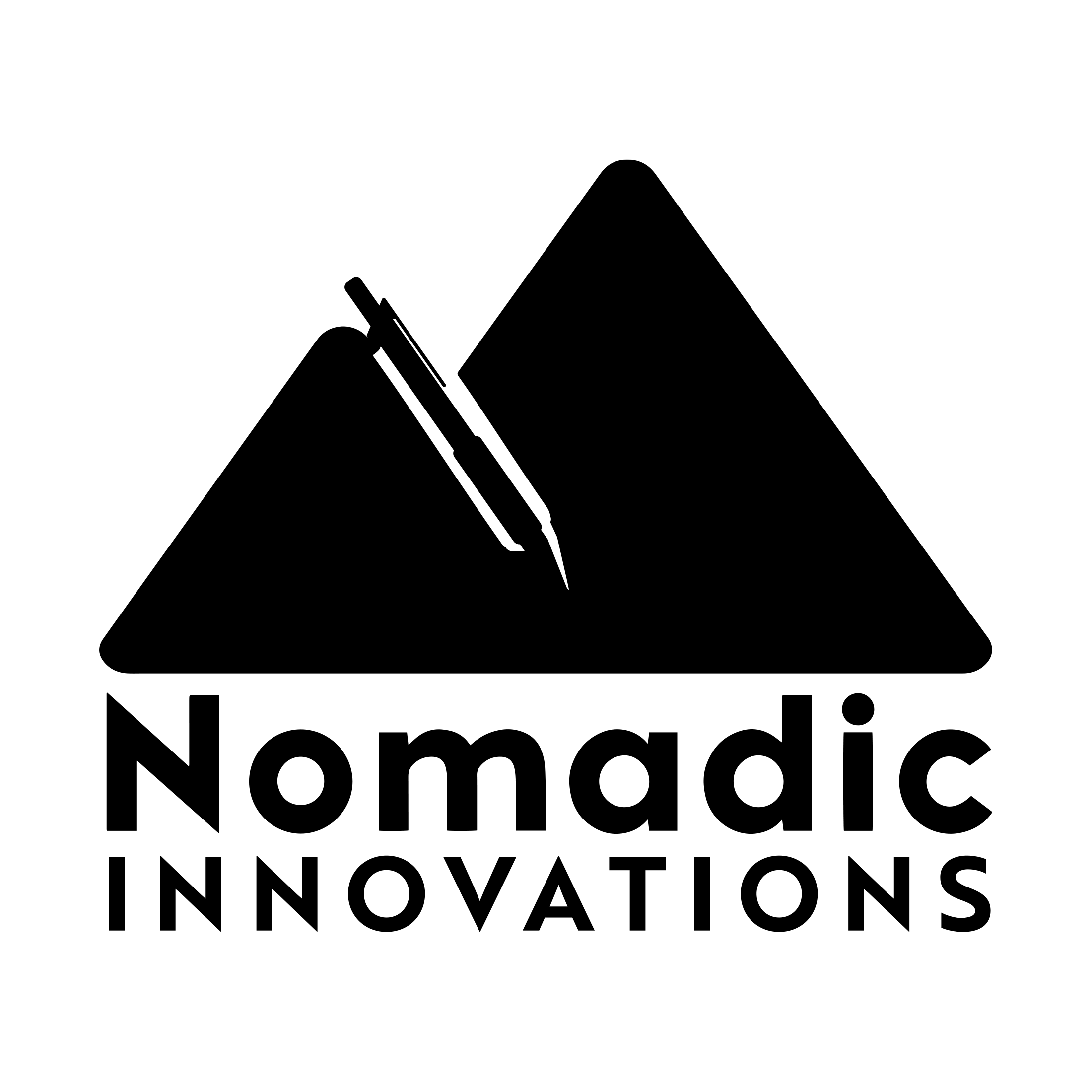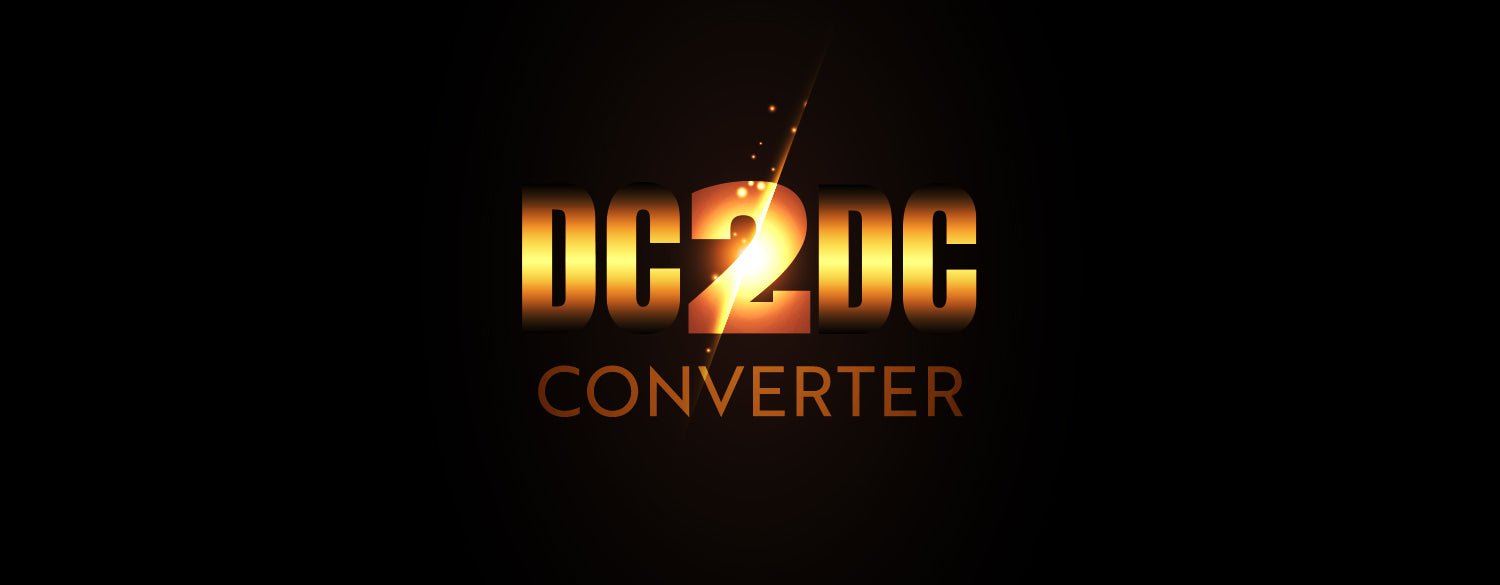What is a DC to DC Converter?
A DC to DC converter is an electronic device that converts direct current (DC) from one voltage level to another. These converters can be used to increase or decrease the voltage level. The most common type is the step-down converter, which takes a higher DC voltage and converts it to a lower one, but there are also step-up converters that do the reverse.
How does a DC to DC Converter work?
SImilar to how you would convert DC to AC power, you plug in the converter and let it go to work. First it must rectify the AC input voltage into DC. This happens when it passes through a diode bridge that allows the current to only flow in one direction. Once the AC power has been converted to DC, it goes to the capacitor. The capacitor evens out the spikes and dips in voltage so the DC power is steady.
Now the DC power can be manipulated to the desired output voltage level. If we were to want to convert the 12V DC to 24V (essentially doubling it), we need an inductor which stores energy in the form of a magnetic field and then releases it when necessary.
Lastly, you need to increase the voltage with a switch. The switch is opened and closed at high speeds, allowing the current to flow through the inductor, which then creates the magnetic field. This stored energy gets released into the output circuit, thus increasing the voltage level to your desired 24V.
Different types of DC to DC Converters
There are 4 main types of DC to DC converters: buck, boost, buck-boost, and isolated.
Buck and boost converters are the most common types you will see on the market and in alot of electrical system builds. A boost converter steps up the voltage and a buck converter steps it down. So if you want to convert a 12V DC current to a 24V current, you would need a boost converter. If you wanted to convert a 48V DC current into a 24V DC current then you would use the buck converter. BUCK CONVERTER
BUCK CONVERTER
BOOST CONVERTER
The buck-boost converter combines the two types and allows you to step up or step down the voltage levels as you need to. These give you versatility. We carry the Victron Buck Boost in 50A and 100A. The Victron Buck Boost is amazing because it is programmable and so can be used in a variety of ways. It was specially designed to regulate the charge from the vehicle's alternator to an auxiliary battery. It was carefully created for use with the smart alternators and dynamos where the output voltage can vary dramatically. It can be programmed to avoid interfering with the vehicle's electronics, which might void the warranty.

BUCK BOOST CONVERTER
Isolated converters use magnetic induction instead of electronic components to transfer energy between your input and output voltages. They are more expensive, but also more efficient. Victron’s line of Orion DC to DC converters give you many options to fit your electrical needs. There are some with Bluetooth (Smart) or non-bluetooth. You can save yourself some money by opting out of bluetooth with the Orion-Tr 12/12-30A (360W) Isolated DC-DC converter Non Bluetooth. The remote on-off eliminates the need for a high current switch in the input wiring. The remote on-off can be operated with a low power switch. It has adjustable output voltage and can also be used as a battery charger. Beneficial if you are boondocking with no internet connection.

What are important considerations to think about when choosing the right DC to DC converter for my system?
- Efficiency: how much energy is lost as heat? You'll want to look for a converter with high efficiency - typically above 90%.
- Current Rating: how much current can the device handle? You'll need to make sure this number is at least equal to the maximum current draw of your system.
- Voltage Rating: what's the maximum input and output voltage that the converter can handle? Again, you'll need to make sure these numbers are at least equal to the voltages you're working with.
- Temperature Rating: what's the maximum temperature the converter can withstand? This is important to consider if you'll be using the device in a high-temperature environment.
- Ripple Voltage: how much voltage variation can you expect from the output of the converter? A low ripple voltage is ideal as it results in less electrical noise.
- Regulation: how well does the converter maintain a constant output voltage? You'll want to look for a device with tight regulation (low voltage variation) over a wide range of load conditions.
- Transient Response: how quickly does the converter respond to changes in load current? A fast transient response is desirable as it results in less fluctuations in output voltage.
- Size & Weight: how large and heavy is the converter? This is important to consider if you'll be using the device in a portable application.
Victron Energy’s website is a great resource for different variations of DC to DC connectors and how they hook into your current electrical system or if you are looking to start from the ground up. Here at Nomadic Cooling, our support team is amazing at helping you work through the best options for you. If you have any questions or would like some input on your current system, please email Jesse at support@nomadiccooling.com. Send him some pictures of your set up and he can walk you through the process.



